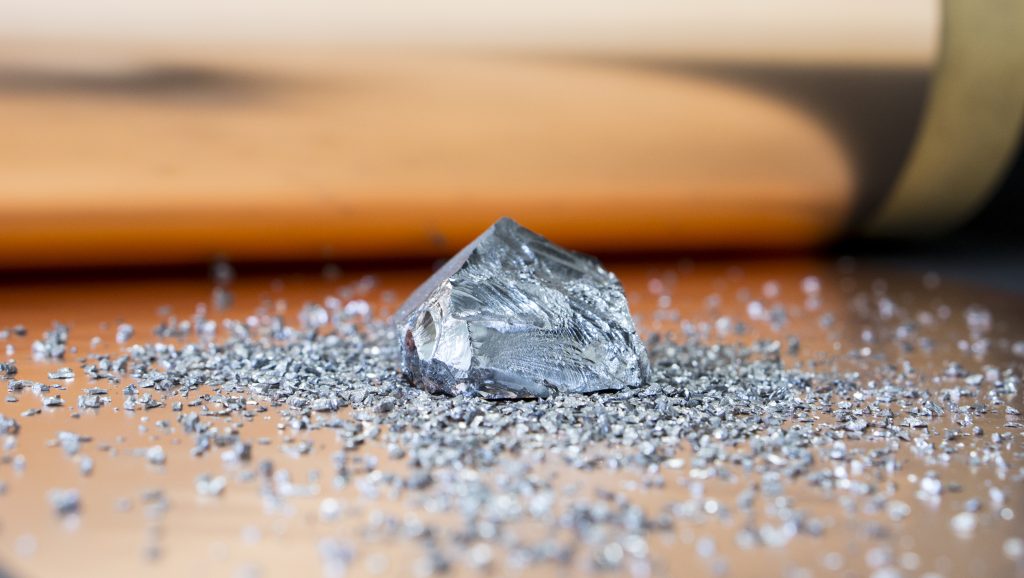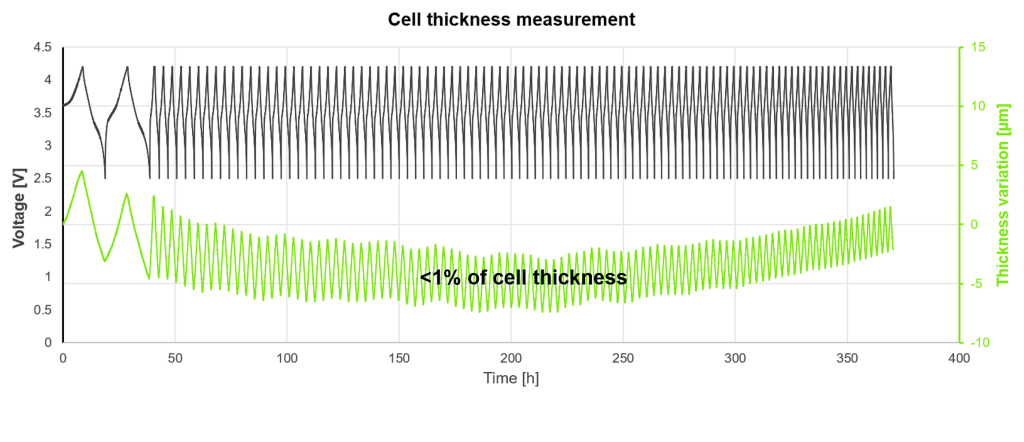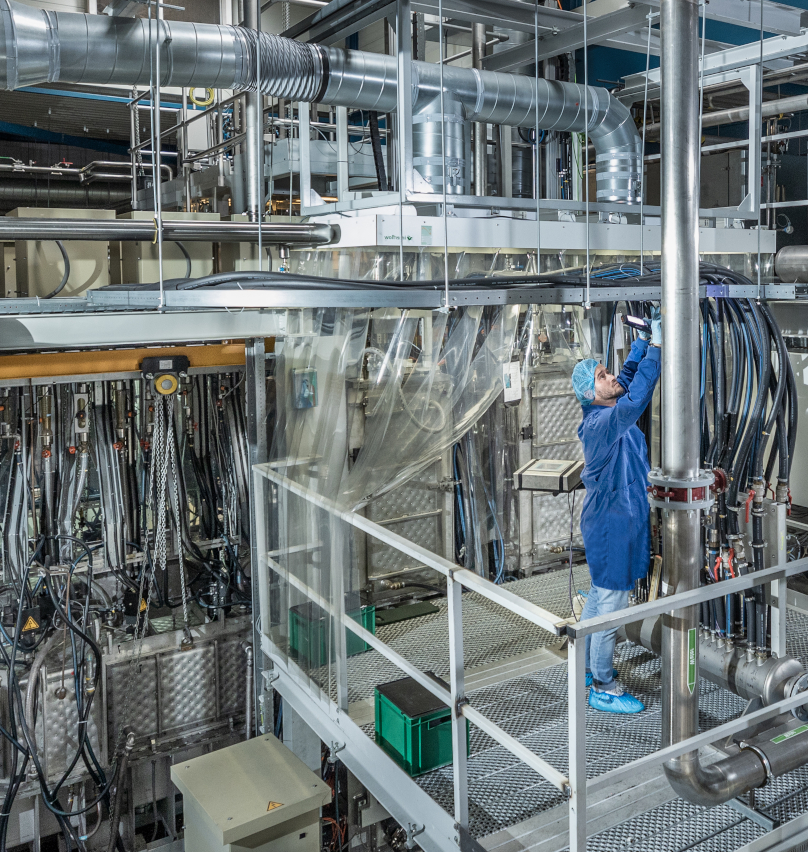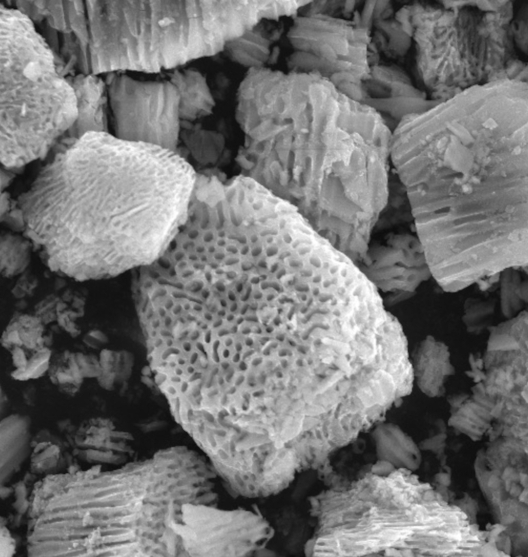
A prospective buyer of an electric vehicle usually wants four things at once: a longer range, faster charging, more energy efficiency, and a lower price tag. Batteries have, however, proved to be a limiting factor. What if there was a way to solve this problem? E-magy has developed silicon materials for batteries that will revolutionize the electric vehicle battery market.
The customer is always right, but sometimes they can also be a little too demanding. If you’d ask any potential buyer of an electric vehicle what they want from their new vehicle, you’d get an answer along the lines of: I want a car that can drive from London to Berlin on a single charge, with batteries so light that it does not affect my car’s performance and so small that I sacrifice no cabin space. The batteries should be lightweight, fast charging and extremely efficient, so that the car has an excellent Wh/km-ratio and a small carbon footprint. And oh yes, the vehicle should be reasonably priced, please.
This utopian dream of the perfect EV is something every EV manufacturer is familiar with, mostly because it is exactly the car we wish we could build.
Next-generation EV Batteries
What if we could produce cost-effective batteries that store more energy and charge faster, hence significantly reducing the battery pack size? That’s the challenge E-magy set itself. And it believes it has found the answer.
Enter silicon-dominant batteries. Silicon has long been recognized as a promising active anode material. It is the second-most abundant mineral in the earth’s crust, is widely available and has ten times the capacity of graphite. Using it as an active anode material could make batteries hold more energy and charge faster, enabling EV range to grow vastly. Lithium-ion batteries (Li-ion) batteries, the most common type of batteries in current electric vehicles, use graphite as an active anode material. But graphite’s physical and chemical properties are struggling to keep up with EV application requirements: they are considerably limited in how much energy they can store and have limited fast charging capabilities. These issues can be solved by silicon-dominant batteries (batteries with anodes that are more than 80 percent silicon).
The use of silicon in batteries, however, has long been dismissed because of a technical problem: when charged and discharged, it swells and breaks over time. This has long frustrated battery makers: here is a solution to make batteries with a higher capacity and lower charging times—if only there was a way to prevent the swelling and breaking.
The innovation: Nano-sized pores
E-magy has found a solution. It has invented a method to create new kind of silicon material with nano-sized pores. This nanoscale porous structure prevents the swelling and breaking completely, by actually containing the swelling within the nanopores themselves. After one hundred charge and discharge cycles, the swelling of a pouch cell with E-magy silicon has been found by the Center for Solar Energy and Hydrogen Research Baden-Württemberg (ZSW) to be less than 1 percent, well under the 10 percent that the battery industry deems acceptable. Furthermore, the company designed its solution for silicon-dominant application in high-performance Li-ion batteries without using low-capacity graphite as active material. This delivers 40 percent more energy density and enables faster charging compared to existing graphite solutions.

The real world
Throughout history, many scientific discoveries have been hailed as ground-breaking by researchers. It’s all well and good to produce a solution in the lab, but if it is too costly to be practical in the real world, then it will only remain an interesting academic case study. E-magy puts the metrics and concerns of the real world front and center of its technology. Its patented nano-porous silicon can be produced in large volumes and its production process is ready for gigafactories’ anode manufacturing lines – E-magy’s inhouse pilot production line, in its facility near Amsterdam, is capable of providing the nano-porous material in ton scale.

A short foray into the technical side of things: E-magy’s nano-porous silicon uses micrometer-sized powder and low-cost metallurgical silicon as opposed to costly engineered particles and difficult-to-process nano-powder. The casting process is efficient, with no need for CVD coating with silane gas or slow metal-assisted etching. This means exceptional energy density compared to graphite-anode batteries at a comparable cost per kWh to graphite. But that’s not all. Silicon will also be a stepping stone towards solid-state batteries. Recently, some of the world’s most innovative battery developers are working on solid-state batteries with high content silicon anodes. This combines the safety of solid-state batteries with the high energy density of silicon.

Leading cell makers
And it’s not just the R&D departments that are excited, the entire market is quickly waking up to the power of silicon. Tesla, looming large over any discussion about EV, uses silicon in its batteries for the Model 3, though to a very limited extent as an anode additive: it merely slightly boosts the graphite anode. Leading cell makers such as LG Energy Solution, Samsung SDI and CATL are already increasing the amount of silicon in the anodes of their newest battery models. Various automotive OEMs such as Porsche, VW and Mercedes have already announced that they are working on high-performance silicon-anode batteries.
Silicon truly is the next-generation anode material for high-energy batteries. It is already effectively used as an anode material in other commercial batteries, for example in power tool batteries and other commercial batteries such as wearable devices. Market research firm IDTechEx forecasts that the silicon anode material market would grow at a rate of over 36% annually until 2032.
E-magy is an integral part of this awakening: in close cooperation with leading cell makers, research institutes and automotive manufacturers, the company is rapidly improving the cycle life of its silicon. In less than two years, it has been able to increase the cycle life of its product by a factor of 3.5, bringing it closer to the demands of the EV industry.
For decades, battery capacity and weight have caused range anxiety and bugged the shift towards the mass adoption of truly electric mobility. Now, the industry is ready to take the next step towards truly efficient electric mobility.